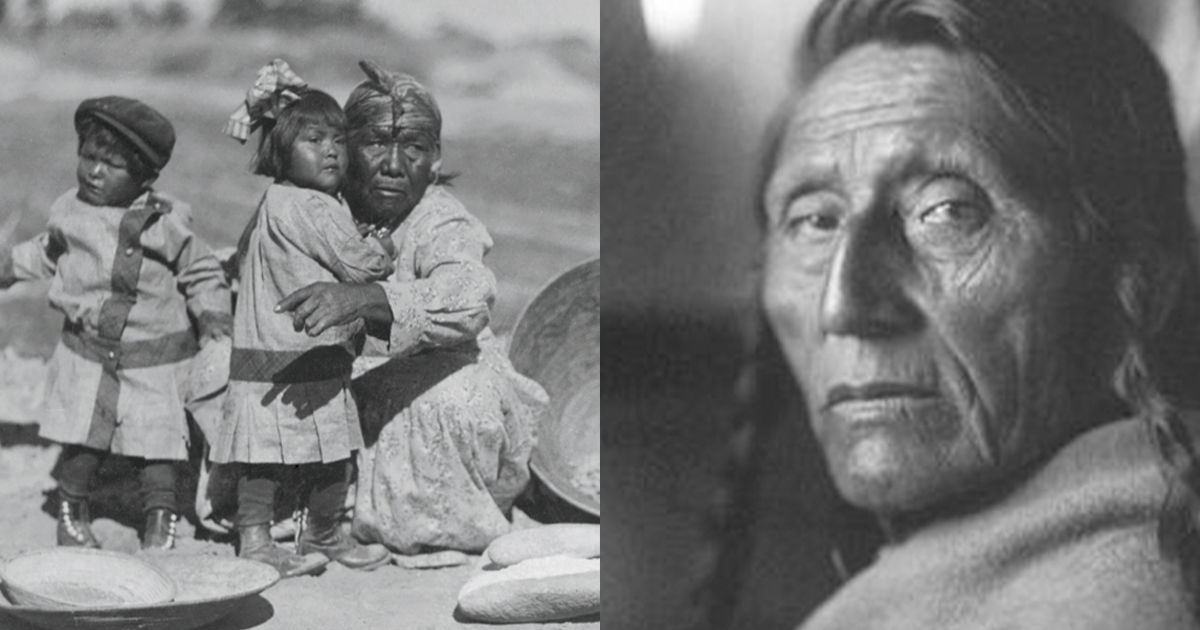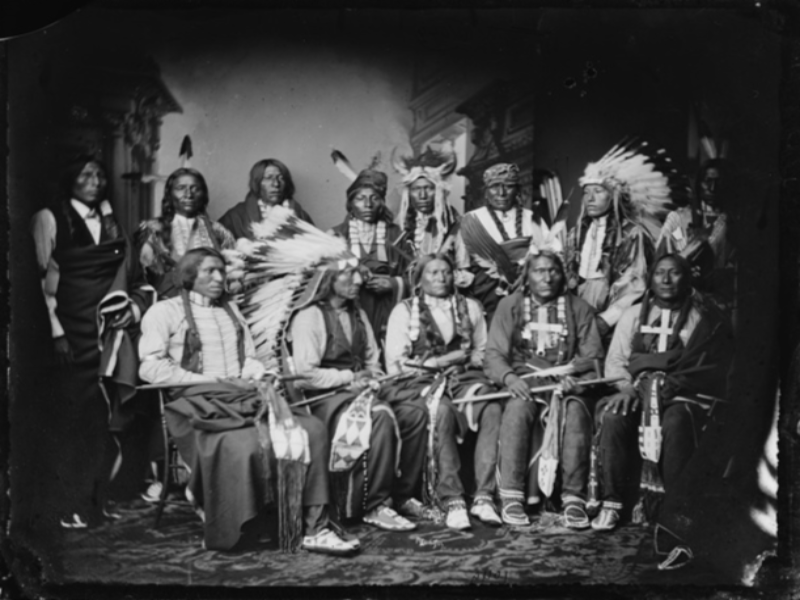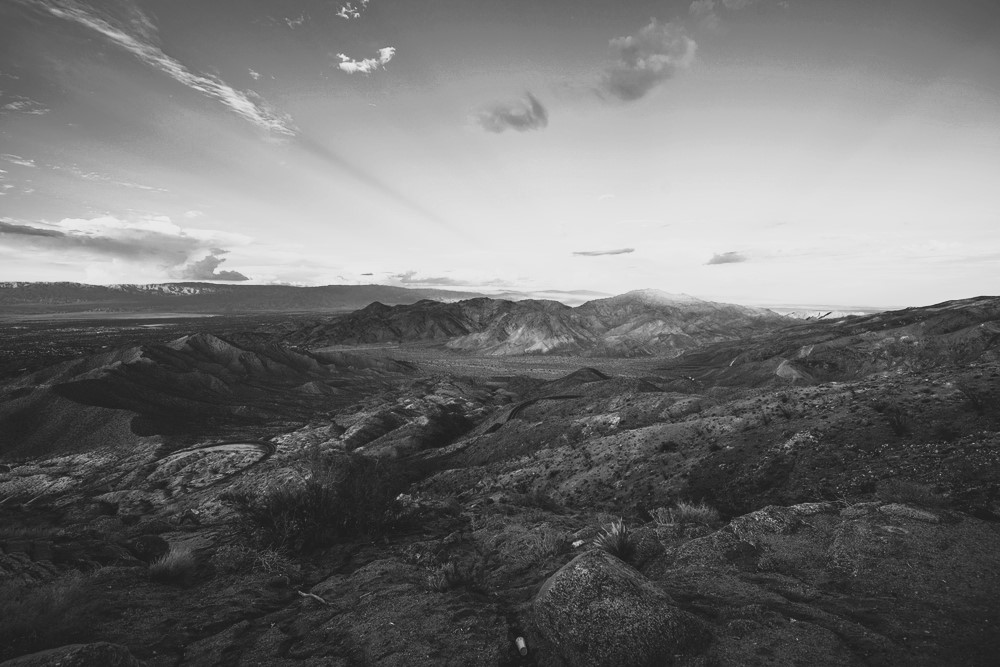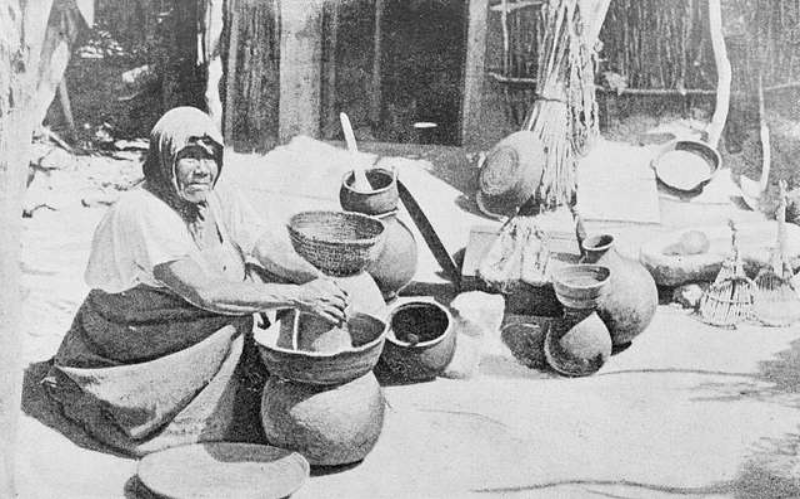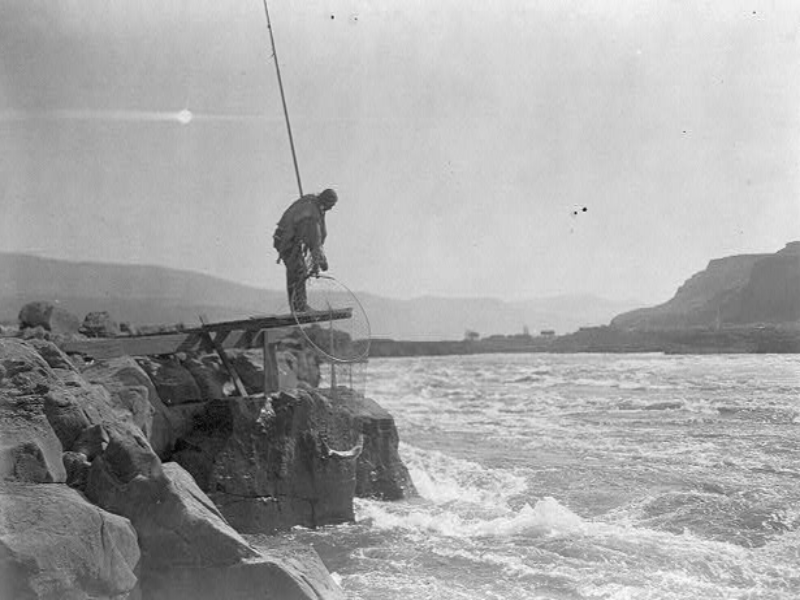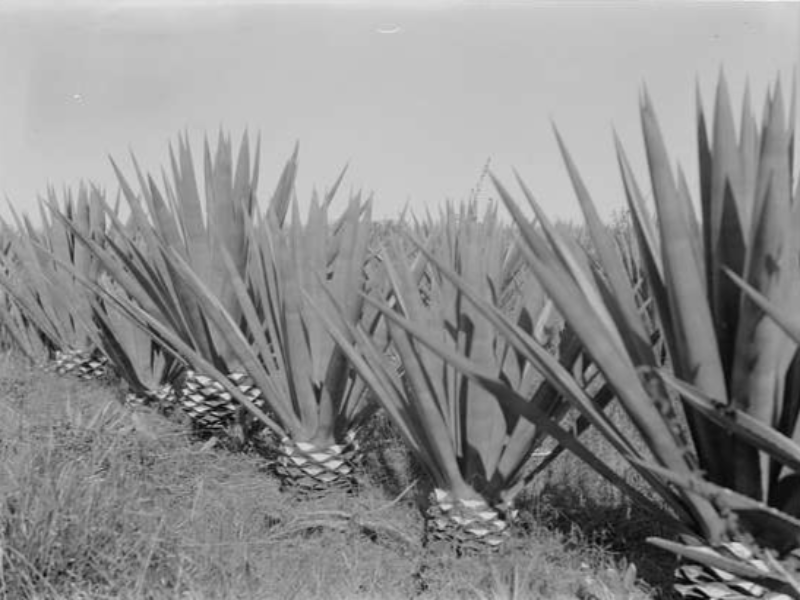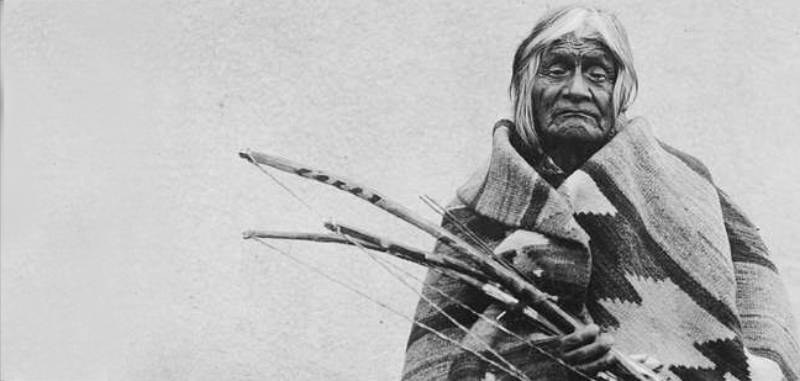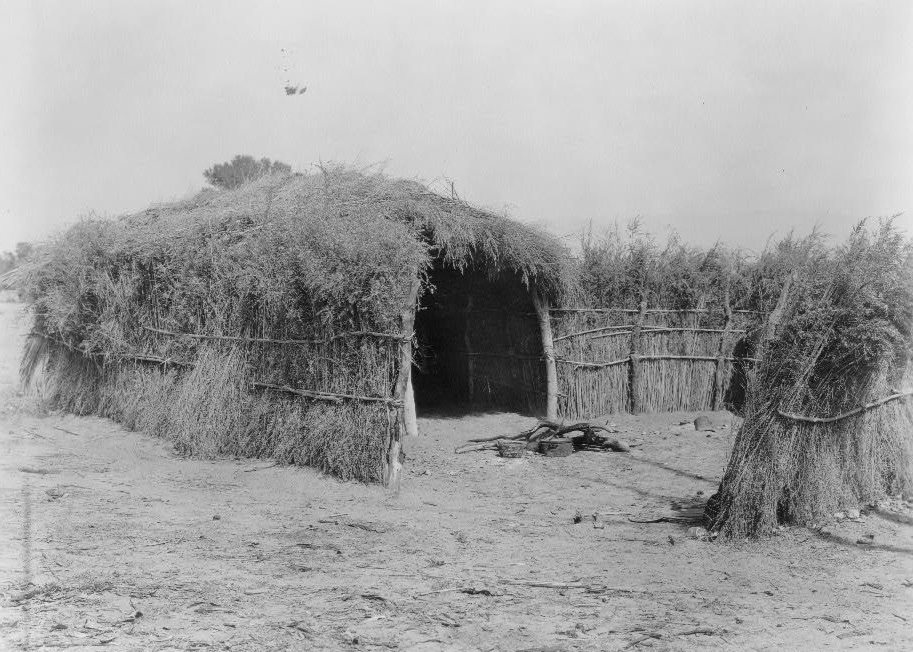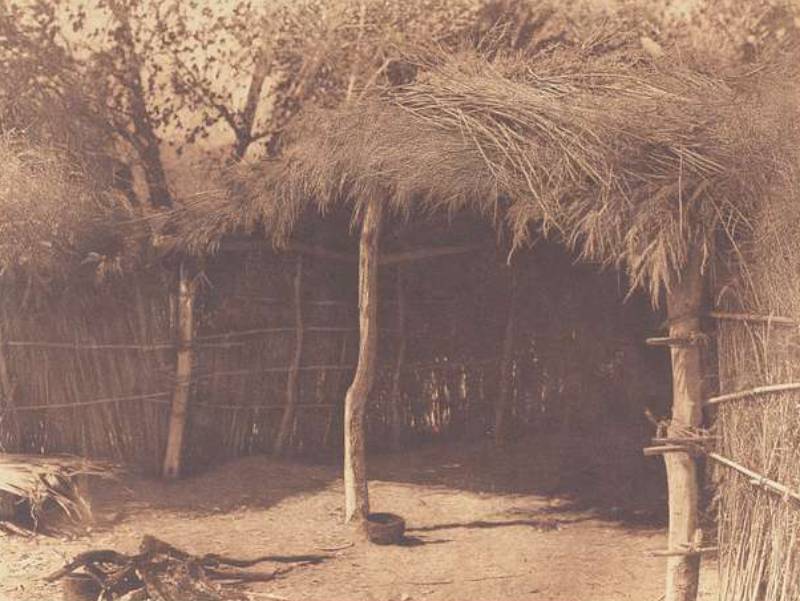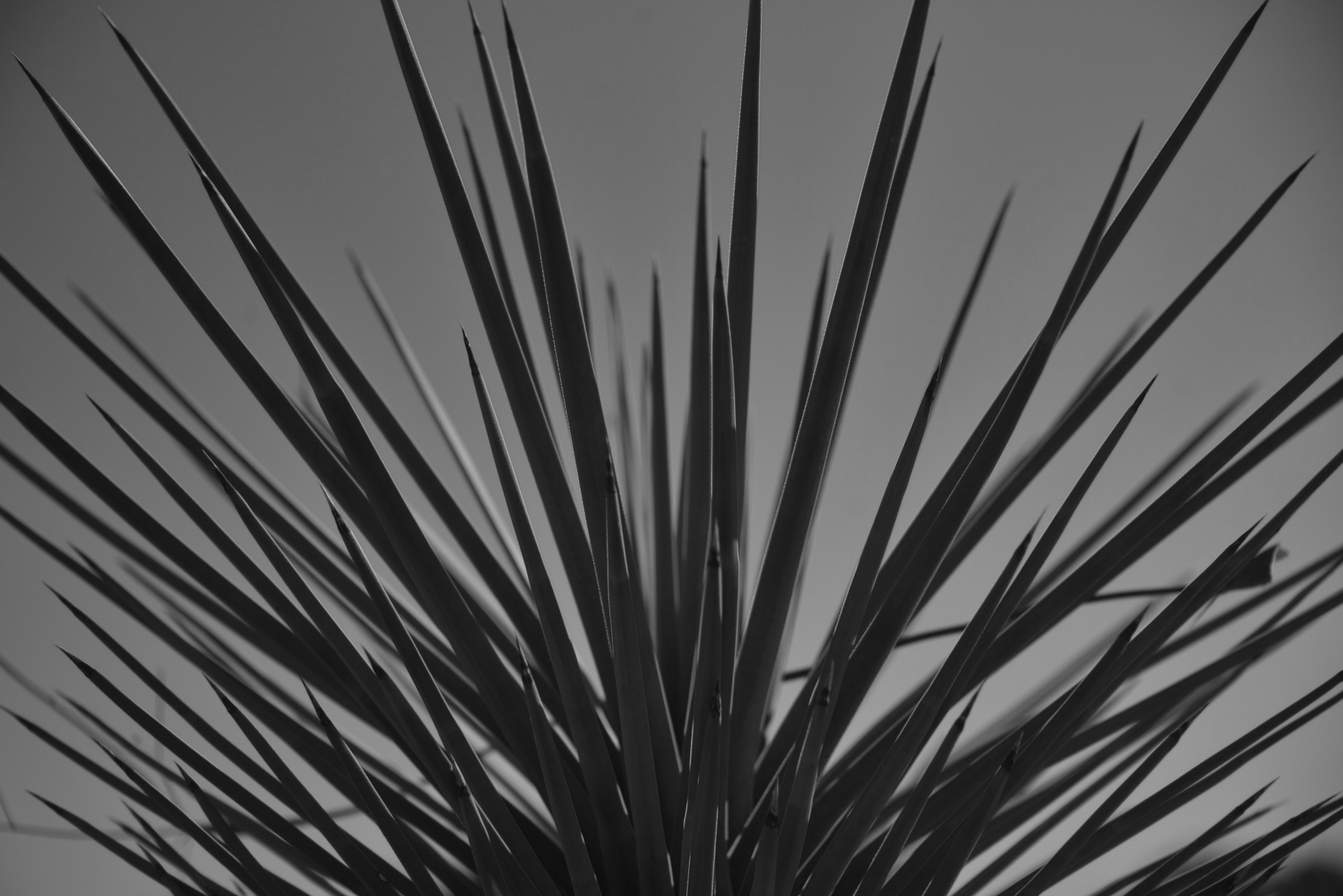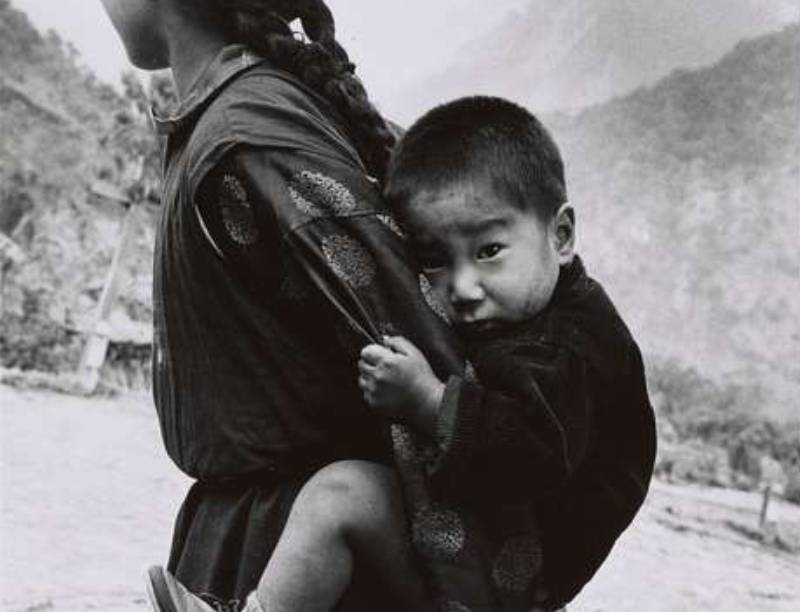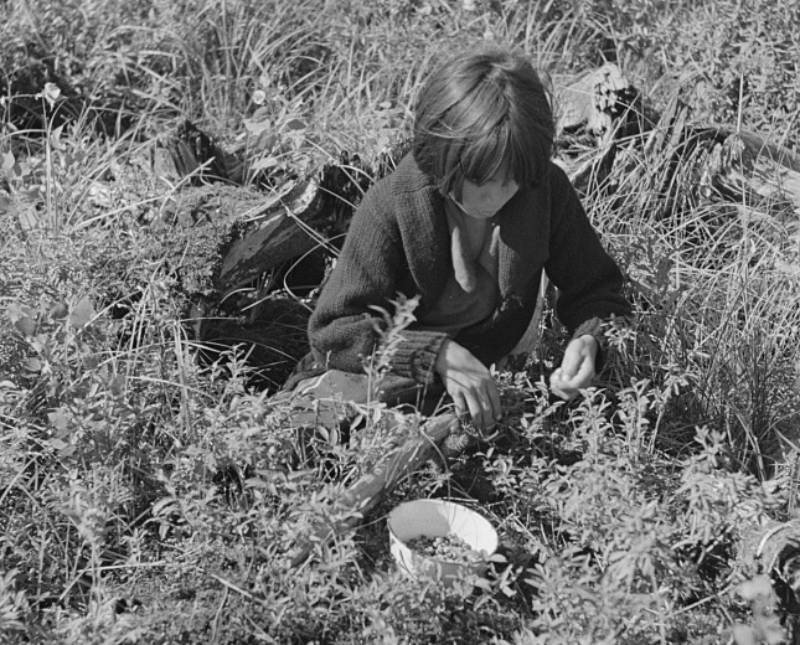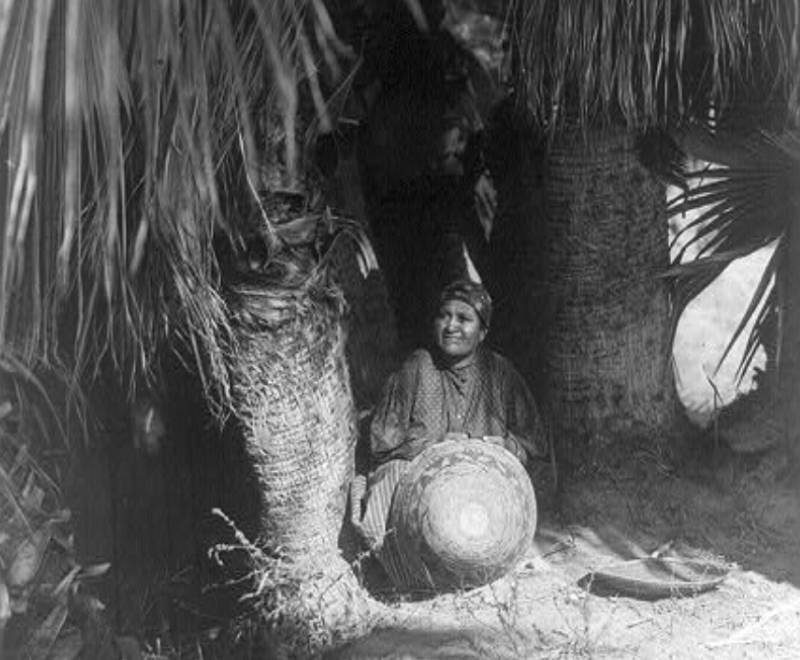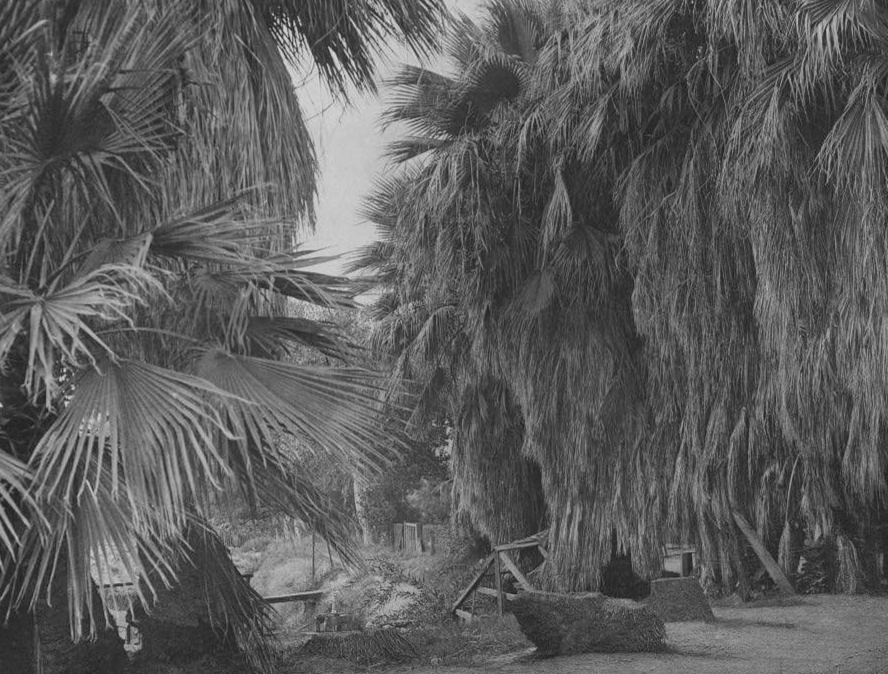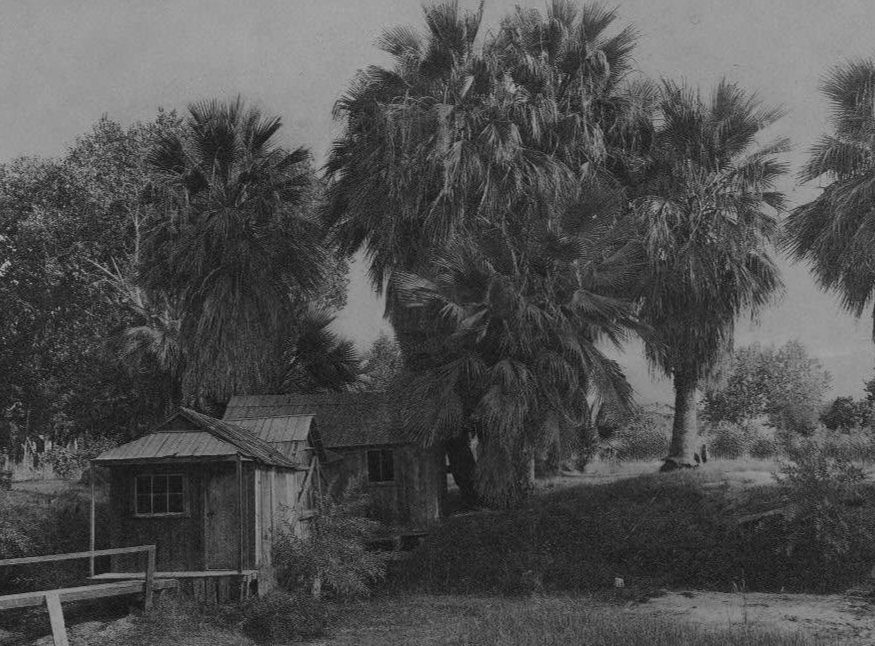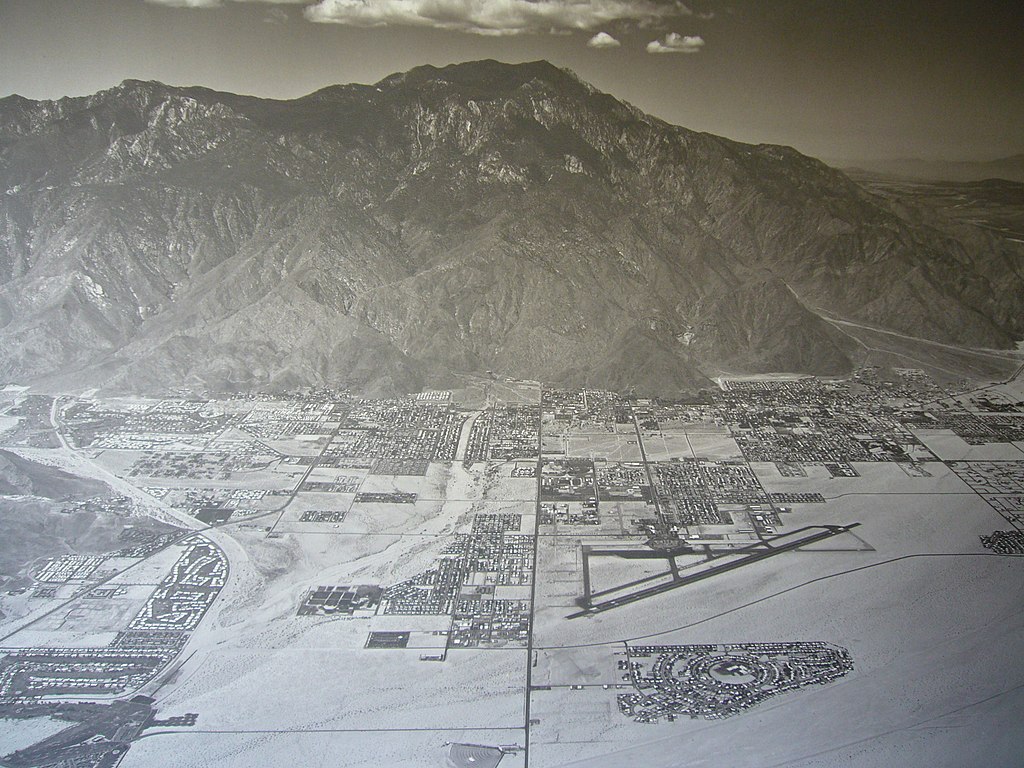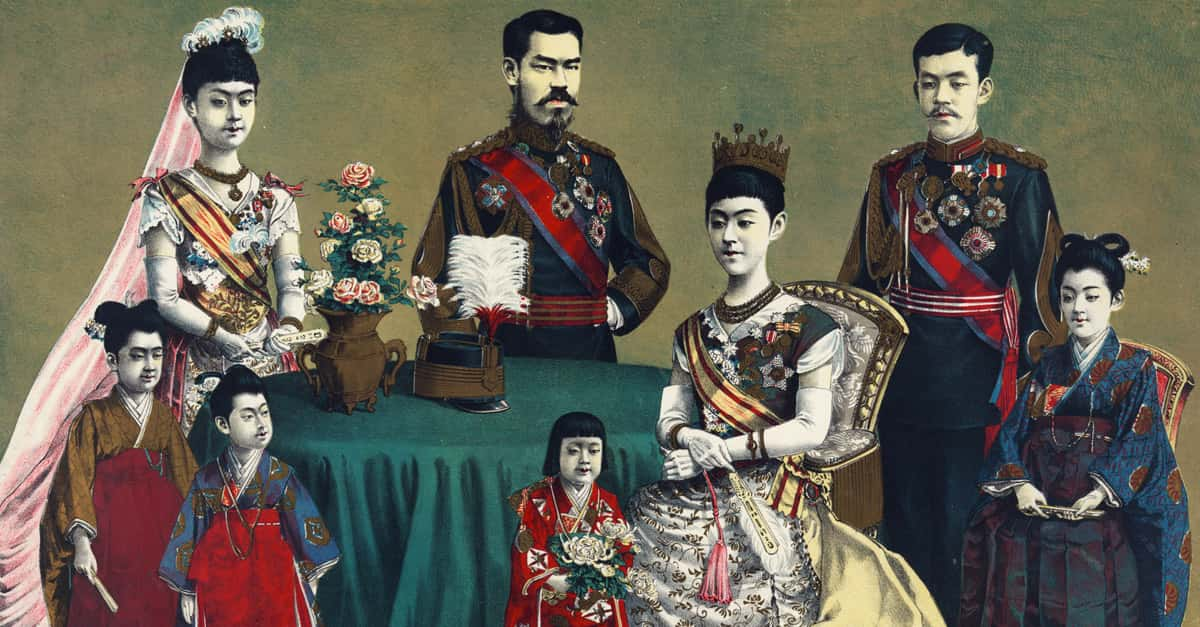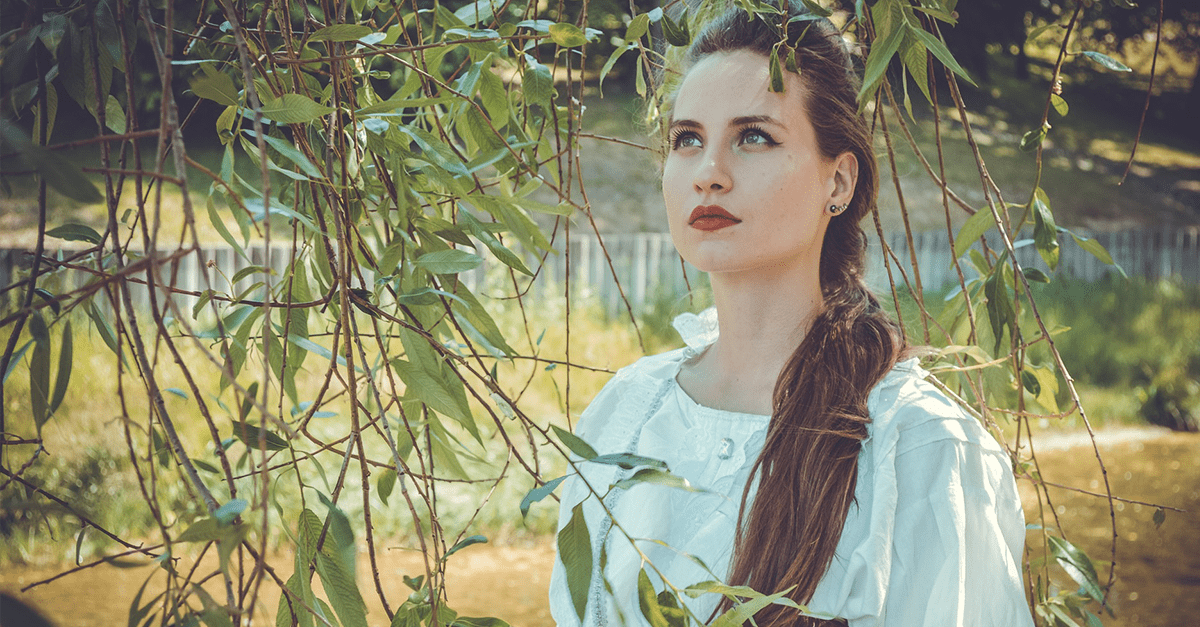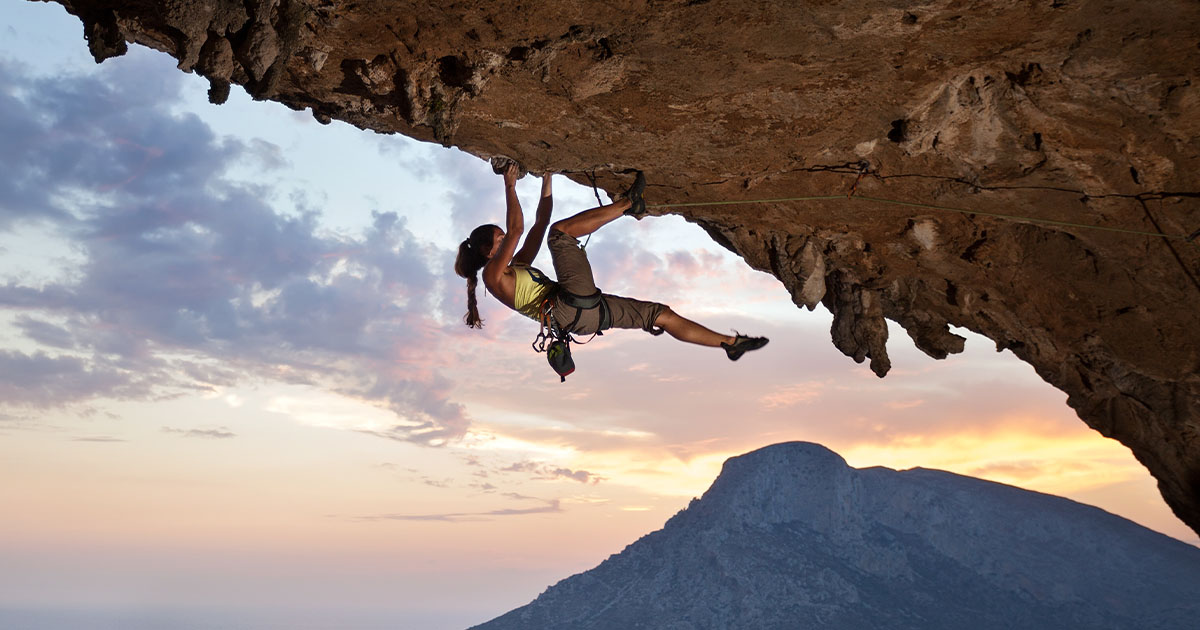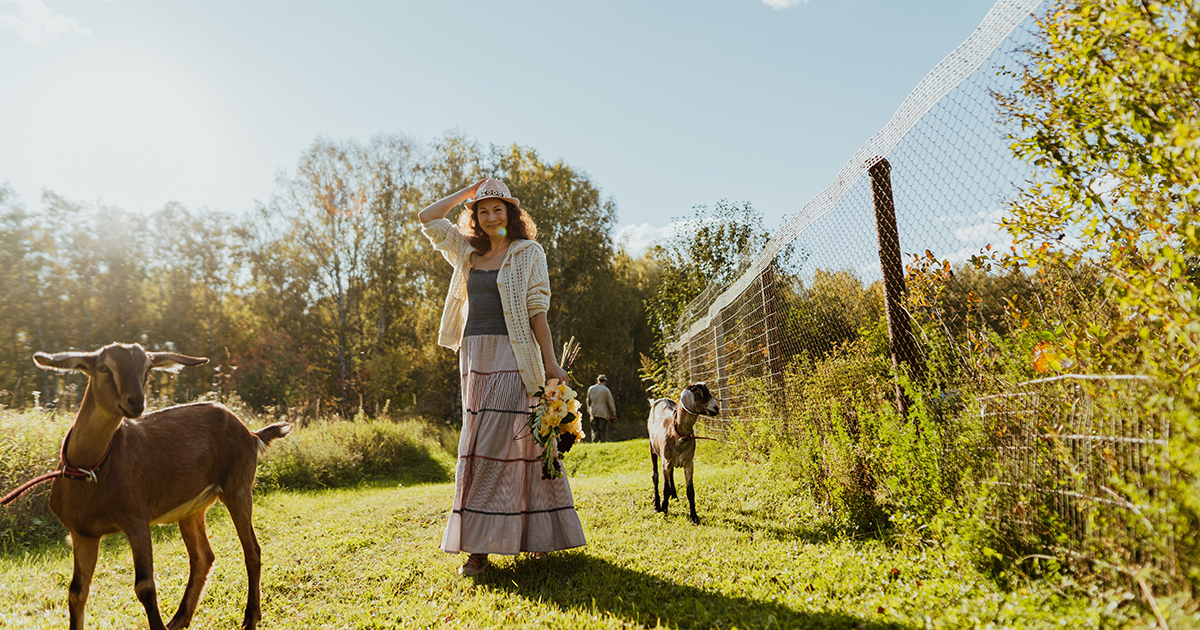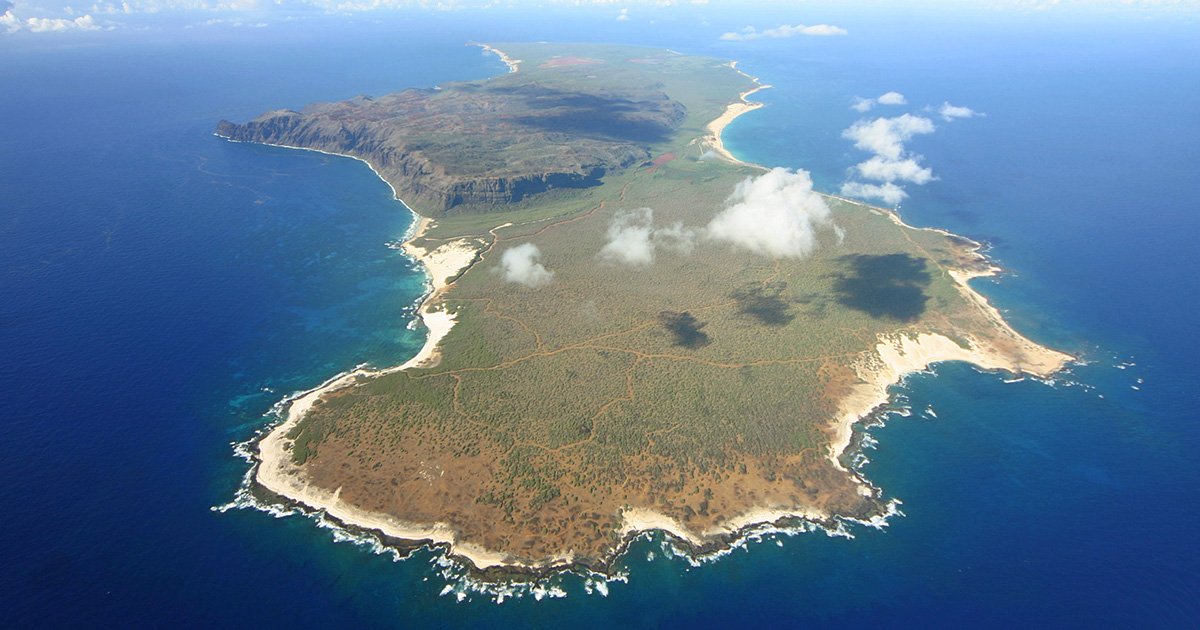Small, but Mighty
The Augustine Band of the Cahuilla Indians is known to be the smallest Native American tribe in all of the United States—even today.
With only 16 surviving members left, they're in danger of extinction.
This is their story.
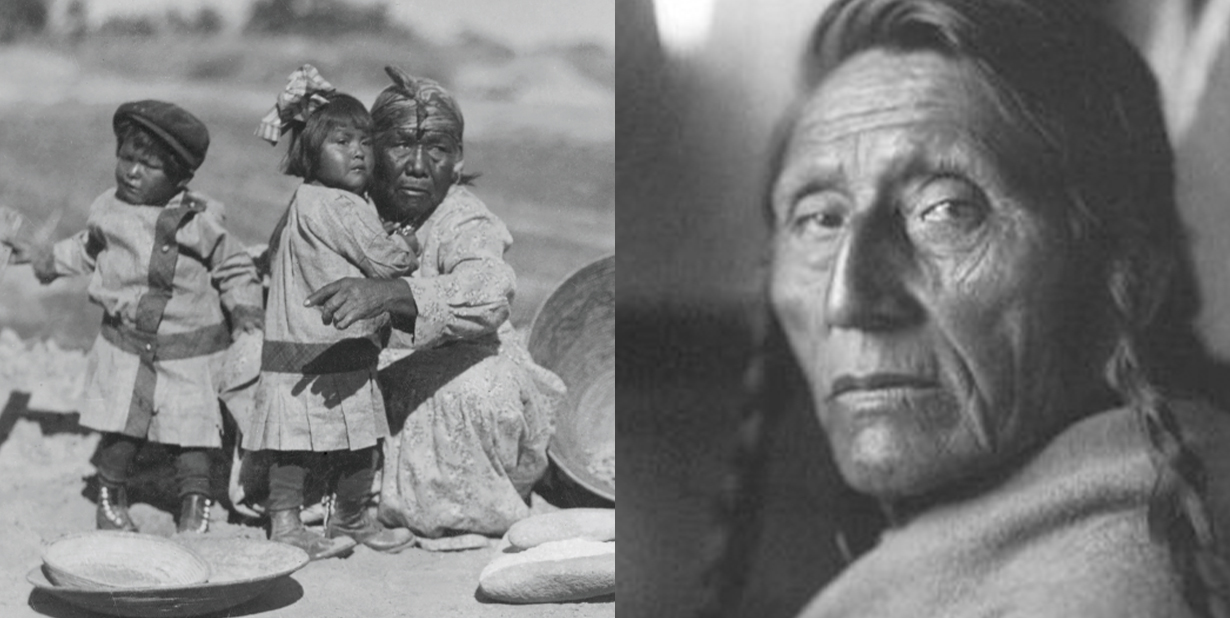
Traditional Tribal Culture
Nearly extinct at one point, the tribe has managed to come back from colonization and disease, very slowly increasing their numbers.
Now, we have the chance to learn more about this primitive tribe, their traditional way of life, and how they are managing to survive today.
Who are they?
The Augustine Band of Cahuilla Indians is a federally recognized Cahuilla band of Native Americans based in Coachella, California.
They are often referred to as the Desert Cahuilla tribe.
How big is their tribe?
They are one of the smallest tribal nations in the United States, consisting of only 16 members, seven of whom are adults.
At one point, their population was down to just one single tribe member.
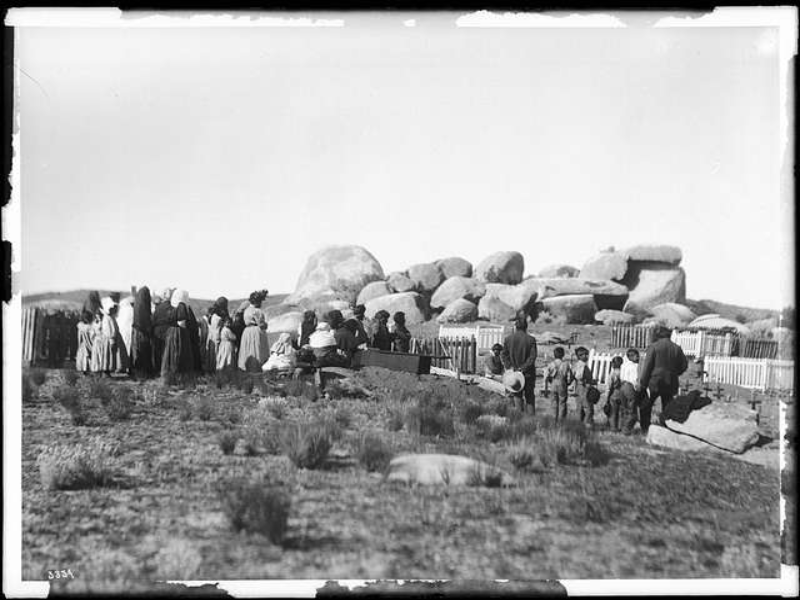 James, George Wharton, California Historical Society
James, George Wharton, California Historical Society
Has their tribe always been small?
No, back in the 1800s, the Ancient Cahuilla People—who were the first known inhabitants of what is now known as Coachella Valley—occupied about 22 villages with a population estimated in the thousands.
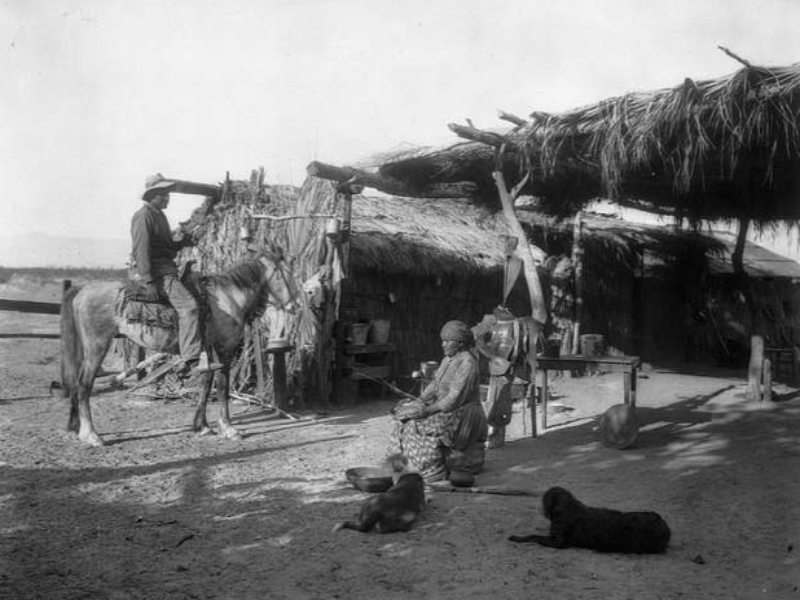 California Historical Society, Picryl
California Historical Society, Picryl
What language do they speak?
The Augustine Band of Cahuilla Indians speak the Cahuilla language—a critically endangered Uto-Aztecan language. Very few Cahuilla tribe members still speak the language today.
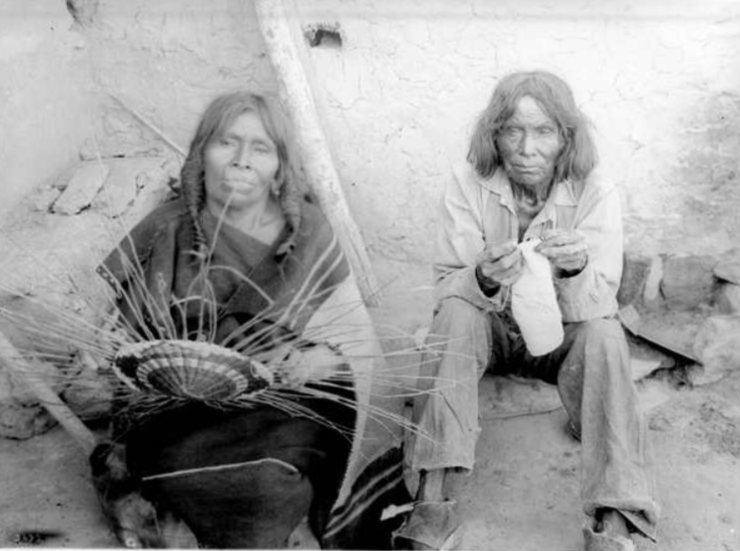 California Historical Society, Picryl
California Historical Society, Picryl
How did they traditionally live?
The Cahuilla people traditionally lived off the land, like most primitive tribes. They relied on native plants to make shelters, baskets, clothing, footwear—and of course as a source of food.
What did they eat?
The Augustine Band of Cahuilla Indians were hunter-gatherers, relying on nature to provide them with sustenance.
What did they gather?
Typically, the oak tree produced the most food for the Cahuilla. Acorns were gathered during a 2–3-week period in October and November, and then they were washed and grinded into flour.
They also ate cactus, agave, yucca, screwbean, fruits, berries, tubers, roots, and more.
What did they hunt?
The Cahuilla typically still eat a large variety of game, including deer, rabbits, mice, chipmunks, squirrels and raccoons.
They also eat various birds, reptiles, fish, and insects.
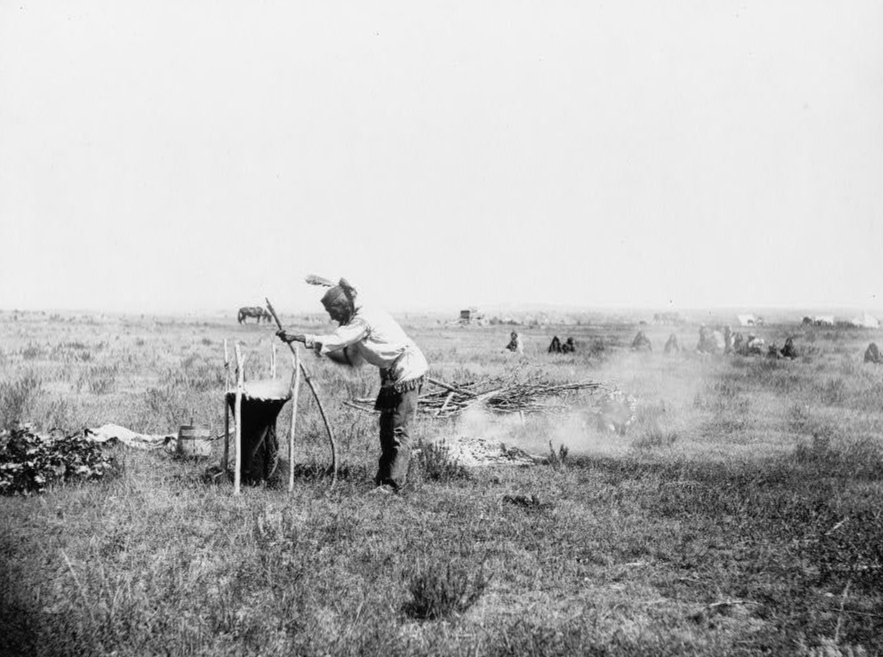 Library of Congress, GetArchive
Library of Congress, GetArchive
What tools did they use for hunting and fishing?
Traditionally, the Cahuilla used handmade tools, such as spears, arrows, nets and stone enclosures to trap and hunt their prey. They also dipped their arrows in poison made from venom of black widow spiders or rattlesnakes.
How do they divide labor?
Generally, hunting and skinning is done by the men, and the cooking and meal preparations are done by the women. This is still true today.
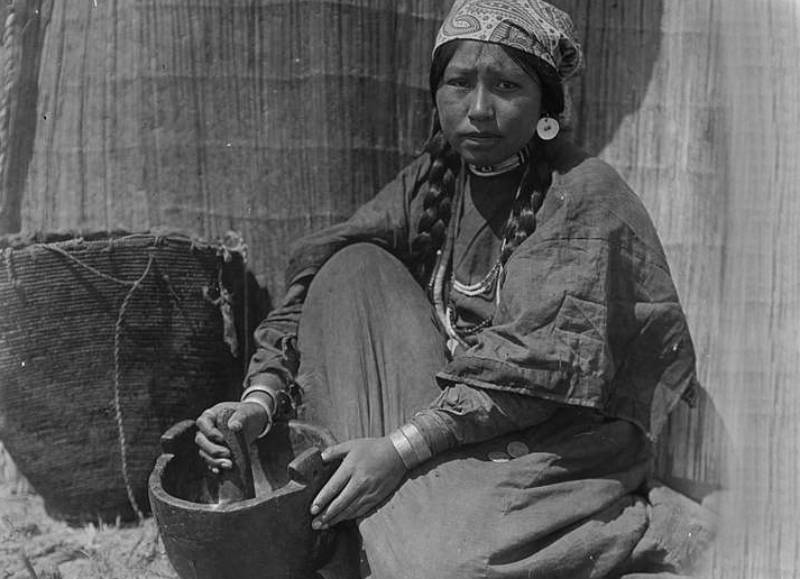 Library of Congress, GetArchive
Library of Congress, GetArchive
What do their shelters look like?
Traditional Cahuilla dwellings were called kish, and were shaped like domes (some are rectangular). Some were as large as 15-20 feet across, and some were much smaller. They were made by bending willow branches covered with palm leaves.
Each hut had a front opening, a hearth in the center of the floor, and a hole in the top for smoke to escape.
What did they sleep on?
In their huts, Cahuilla slept on handmade sleep mats or piles of leaves on top of the dirt floor.
What other shelters do they have?
Other types of shelter in a Cahuilla village included ceremonial houses, sweathouses, and granaries for storing seeds and food.
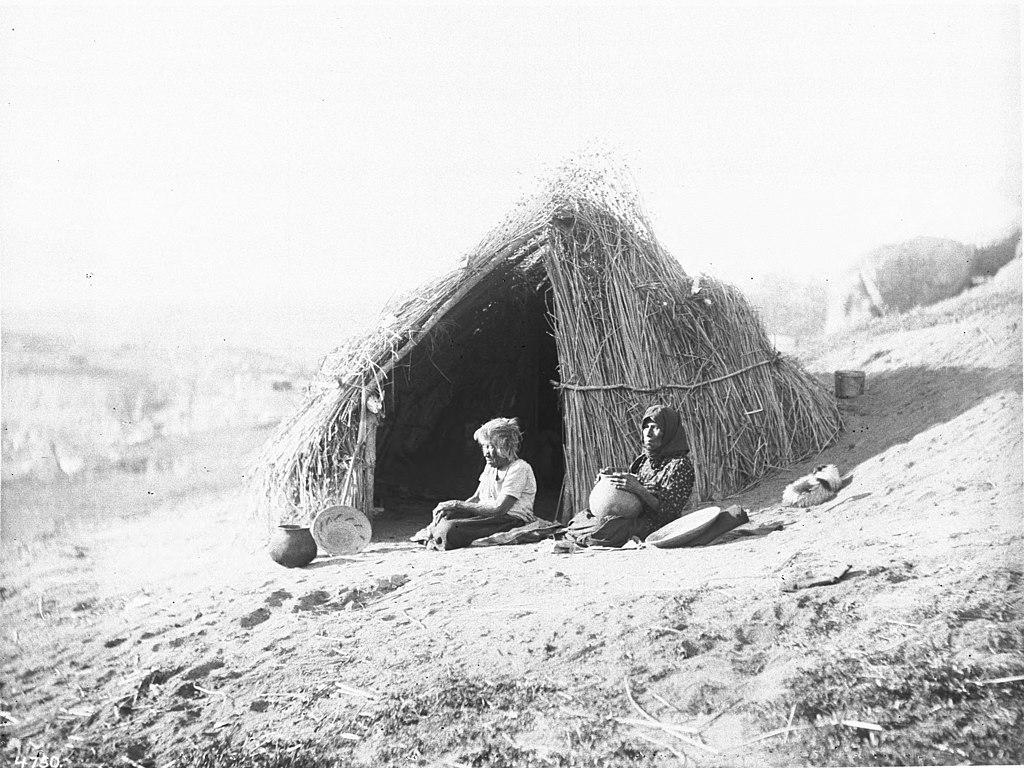
What did they wear?
Traditional Cahuilla tribe members wore very little clothing, due to the warm climate. Some will wear a two-piece apron made from woven tule, fan palm leaves or deerskin.
In cooler months, they wear capes made from rabbit furor deerskin which also double as blankets.
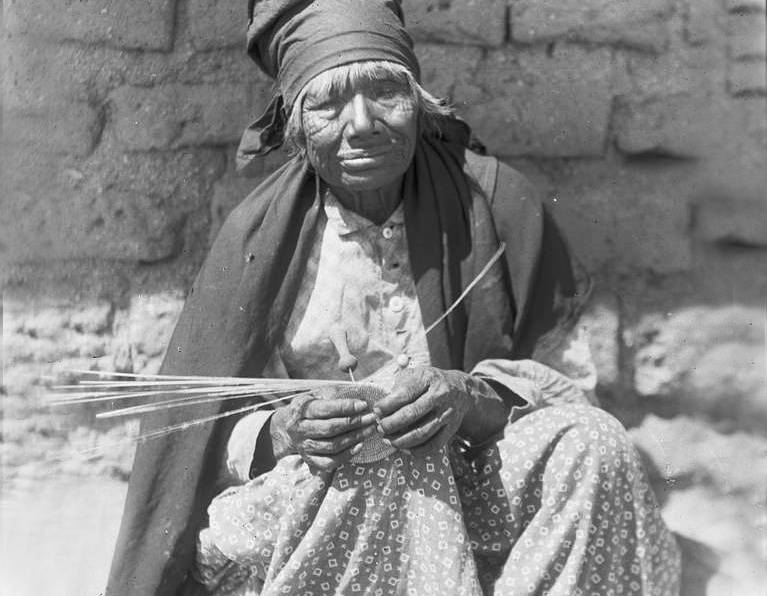 California Historical Society, Picryl
California Historical Society, Picryl
What do they wear today?
Today, many Cahuilla tribe members have western clothing and accessories.
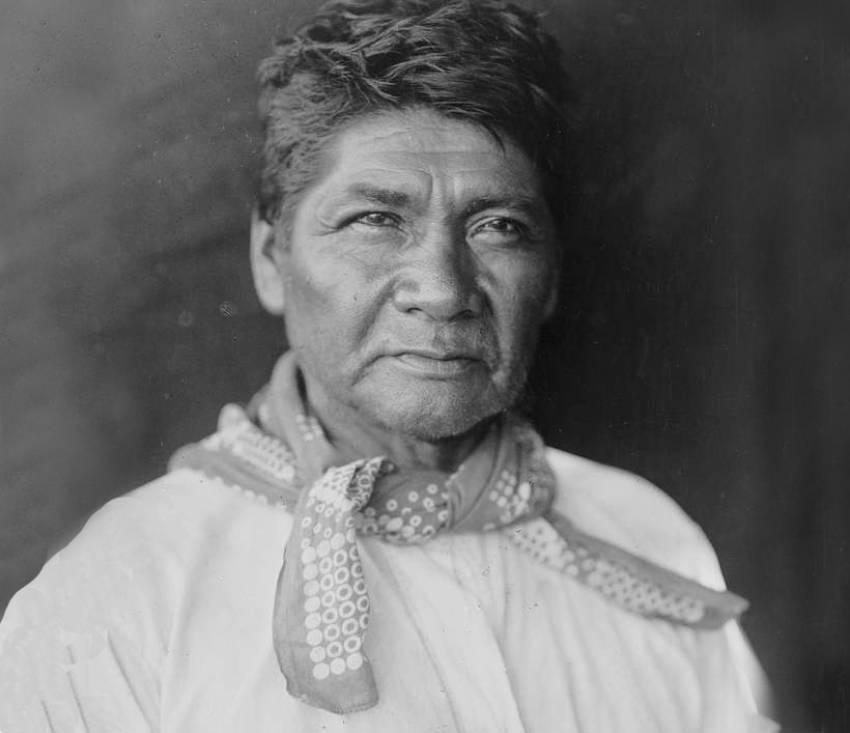
Did they wear shoes?
Most of the time they went barefoot, but if the ground was rough, they wore handmade sandals woven from yucca, agave, or palm leaves.
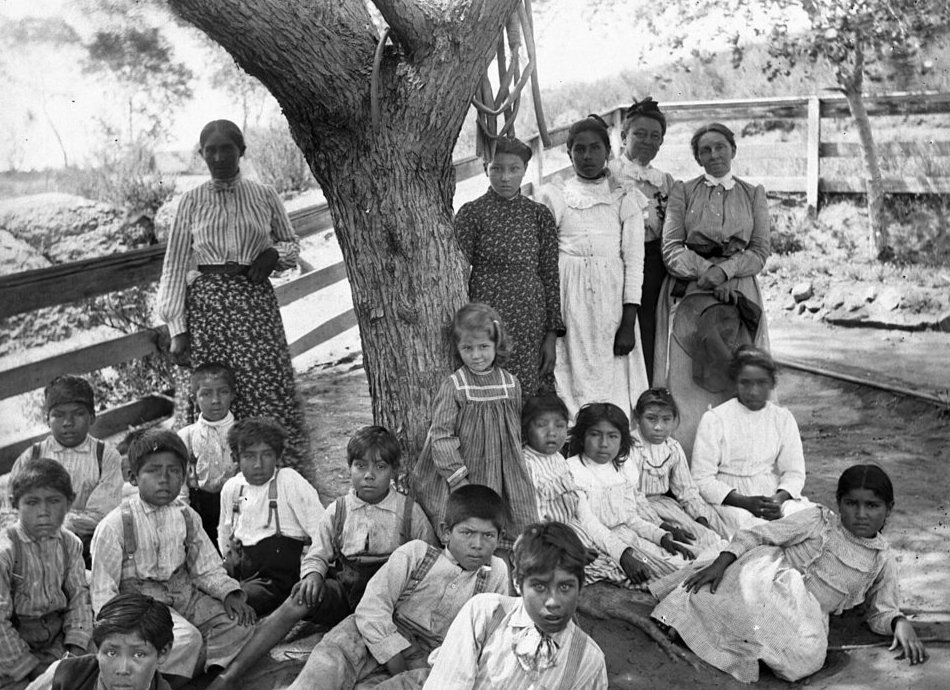 Unknown author, Wikimedia Commons
Unknown author, Wikimedia Commons
How did they wear their hair?
Both men and women had long black hair that was parted in the middle. Only the women wore bangs.
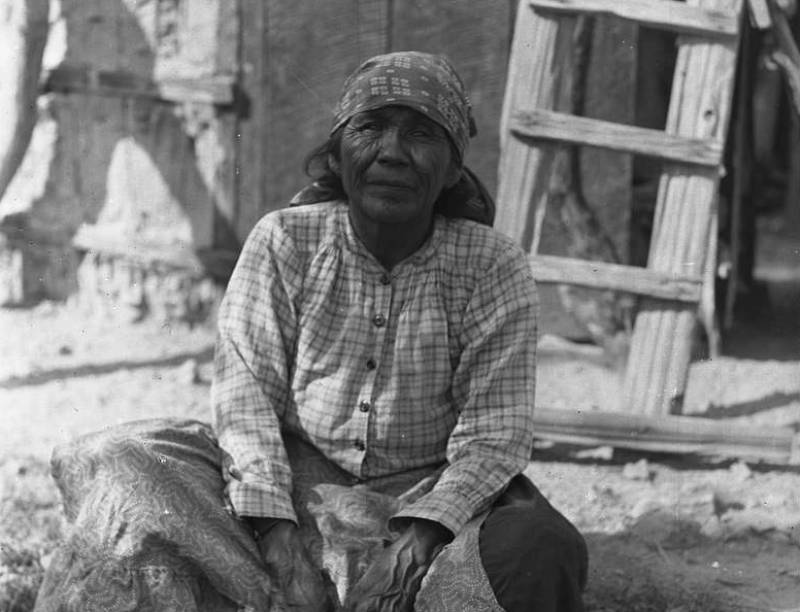 California Historical Society, Picryl
California Historical Society, Picryl
What did they add to their bodies?
Both men and women tattooed their foreheads with vertical or horizontal lines. The women also tattooed their chins to designate clan relationships.
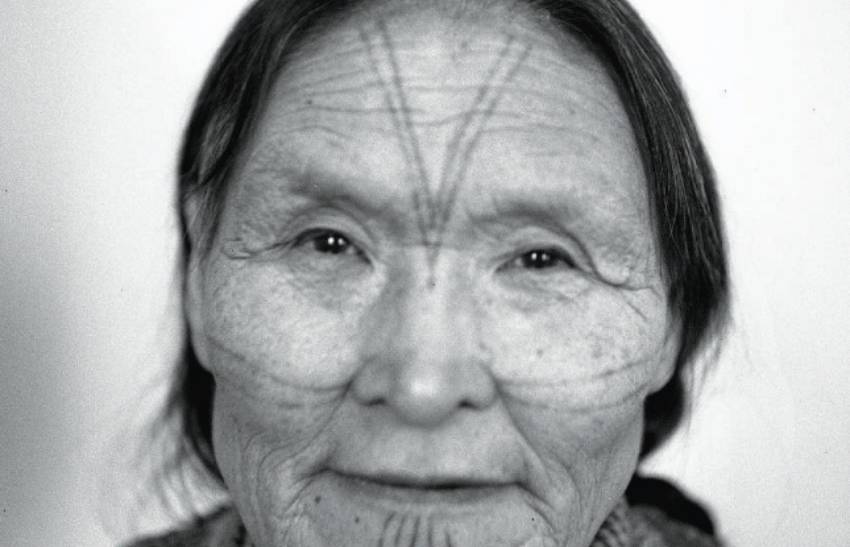 Henry Busse, Wikimedia Commons
Henry Busse, Wikimedia Commons
What are their tattoos made from?
Tattoos are done by pricking the skin with a cactus thorn or needle made from the yucca plant. Charcoal from a yucca cabbage, or juice from certain leaves, is rubbed into the open skin prick to make a blue-black tattoo
What tools did they use?
Aside from hunting tools, the Cahuilla bands made mortars from rock and use them to grind acorns into flour. They also used stones and rocks as hammers, crushing tools, and to throw at game or predators.
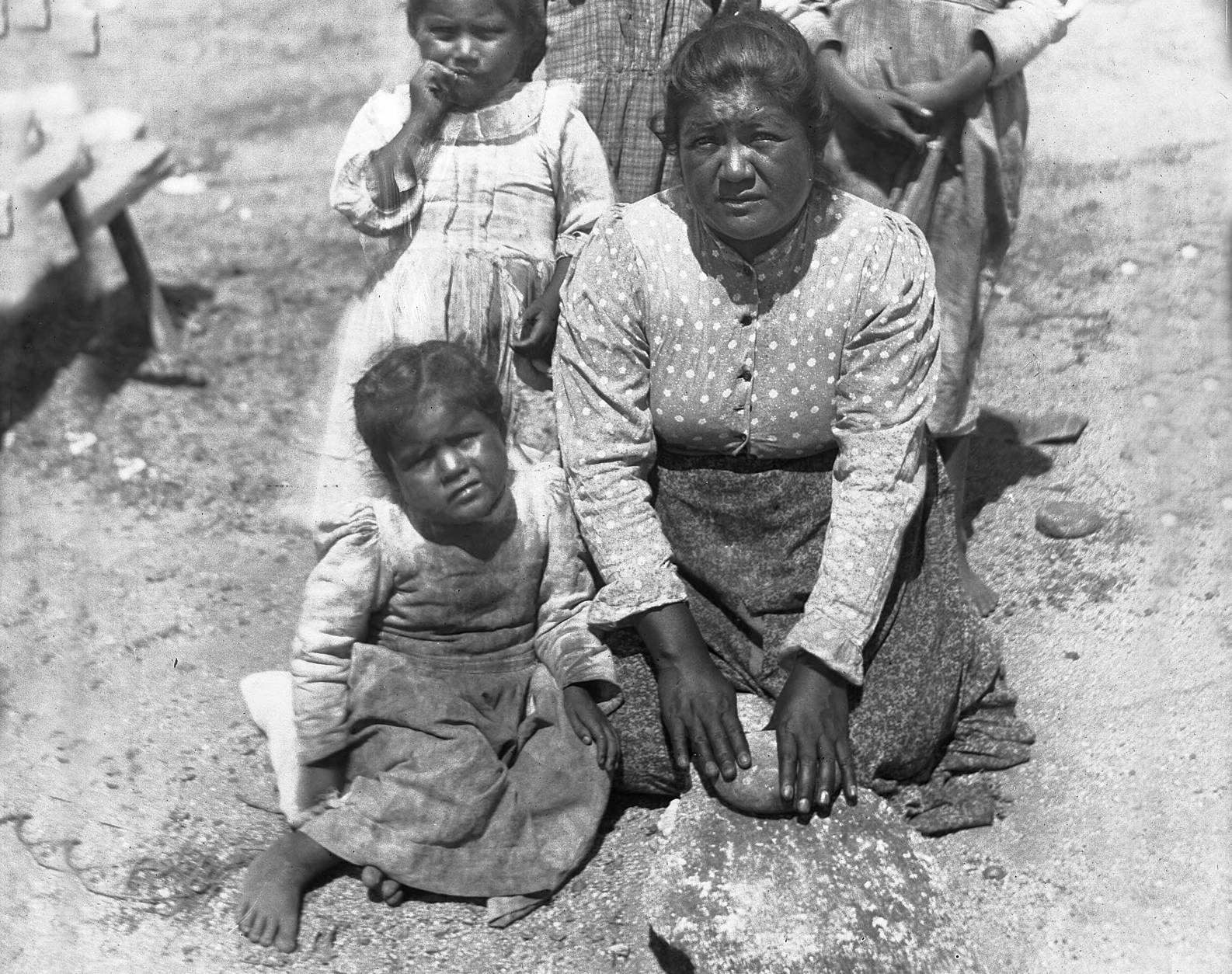 James, George Wharton, Wikimedia Commons
James, George Wharton, Wikimedia Commons
What did they cook with?
Handmade pottery bowls were used for boiling dried and fresh seeds, fruits, blossoms and meat. Tortoise shells were used for making household utensils and rattles. Stiff palm leaves were used as spoons.
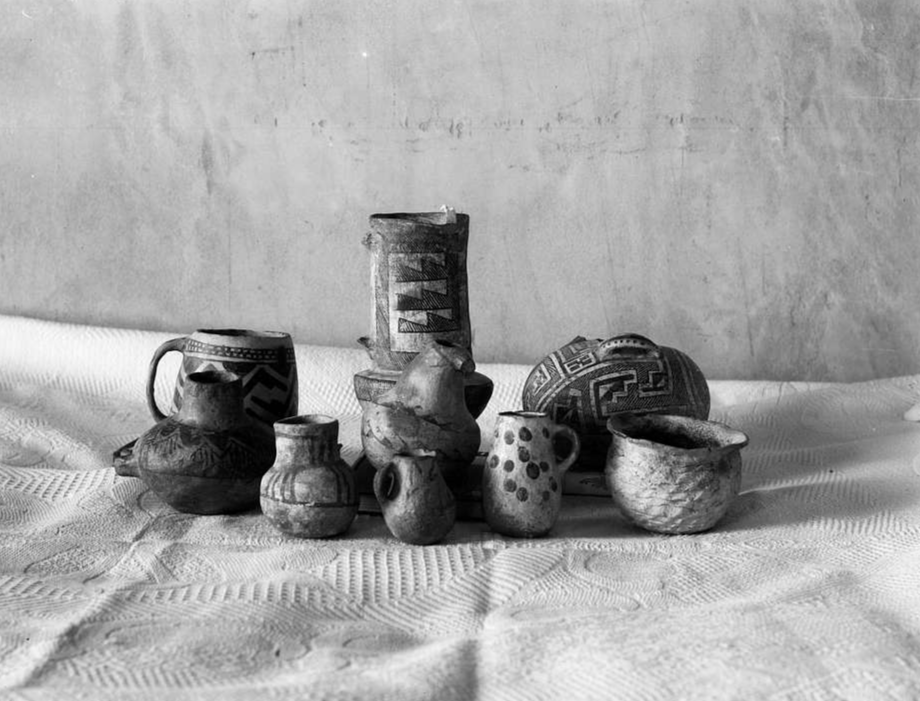 California Historical Society, Picryl
California Historical Society, Picryl
What is their social structure like?
Each person in the village has their own share of work. Women did most of the cooking, meal preparation, parenting and basket-weaving.
Men were known to hunt, trade, and make rope and string from long grasses.
What role did children play?
Children played an important role of gathering. They gathered various plants used for food, as well as materials needed for making households needs.
How did they teach their children?
Children were taught typical life skills by watching and participating. Traditional Cahuilla language and legends were taught through “bird songs”, sung in the Cahuilla language, telling stories from the perspective of birds.
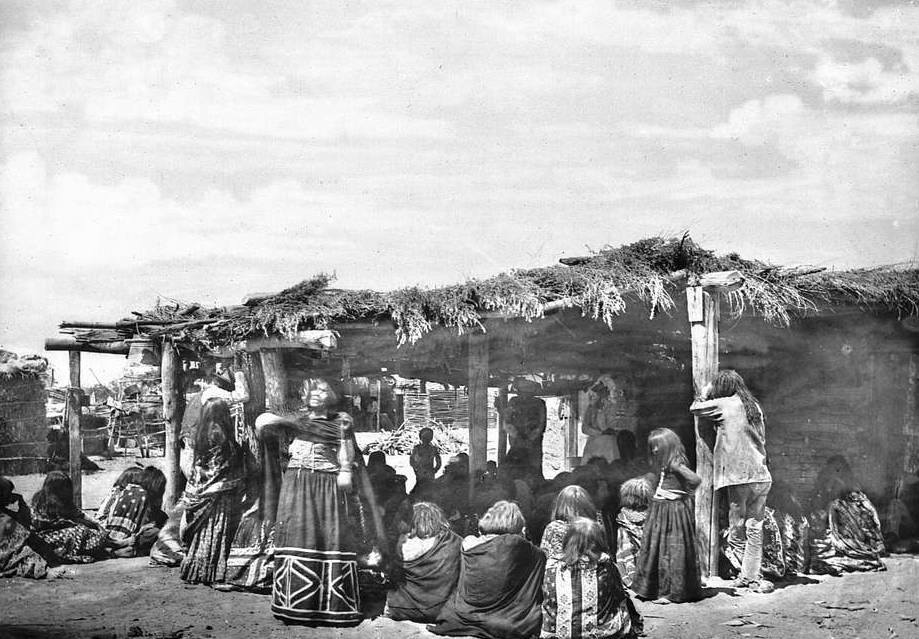 California Historical Society, Picryl
California Historical Society, Picryl
How did they marry?
The Cahuilla people were traditionally divided into two moieties: Wildcat and Coyote. Every Cahuilla was a member of their father’s moiety. Their culture did not permit marriages from the same moiety.
Cahuilla women went to live in their husband’s village upon marriage.
What did they trade?
Trade is very important to most primitive tribes—especially the Cahuilla bands. Coastal Indians trade dried fish, sea otter skins, and shell beads with them, and in return the Cahuilla offers animal skins, acorns, salt, obsidian and pottery products.
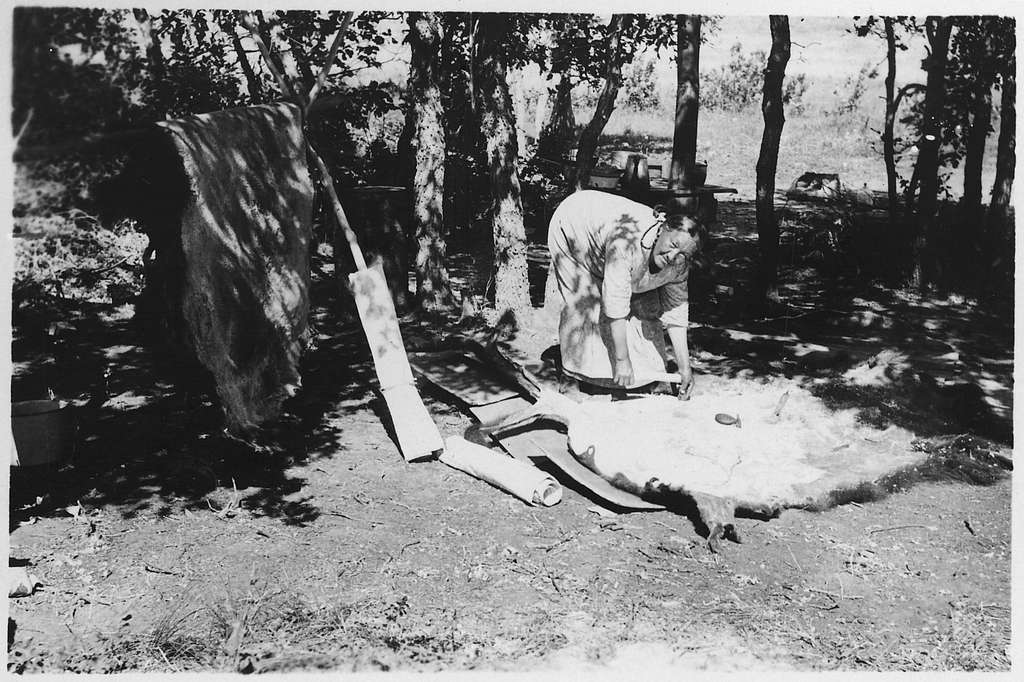 National Archives and Records Administration, Picryl
National Archives and Records Administration, Picryl
When did they stop living a traditional lifestyle?
Some members of the Cahuilla bands continue to live their traditional primitive lifestyle today. Though many have taken up life on reserves, with various modern changes taking place as time goes on.
However, the Augustine Band of the Cahuilla Indians experienced a serious setback to their population and culture that nearly wiped them out completely.
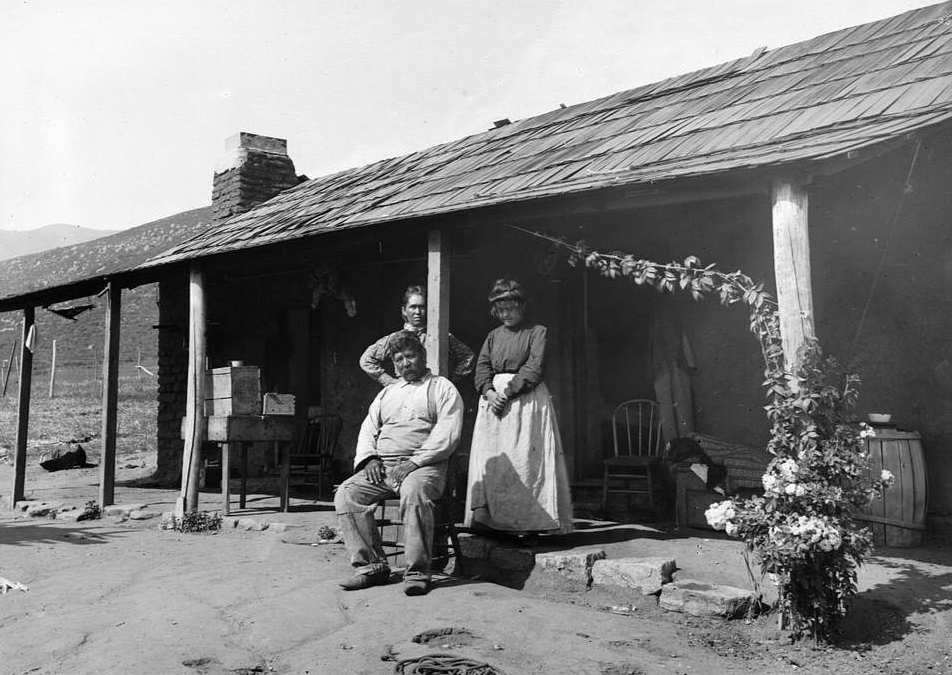 California Historical Society, Picryl
California Historical Society, Picryl
What happened to them?
As with most primitive tribes that eventually join society, colonization is to blame. They were forced out of their lands by European settlers, and introduced to disease—which essentially wiped them out.
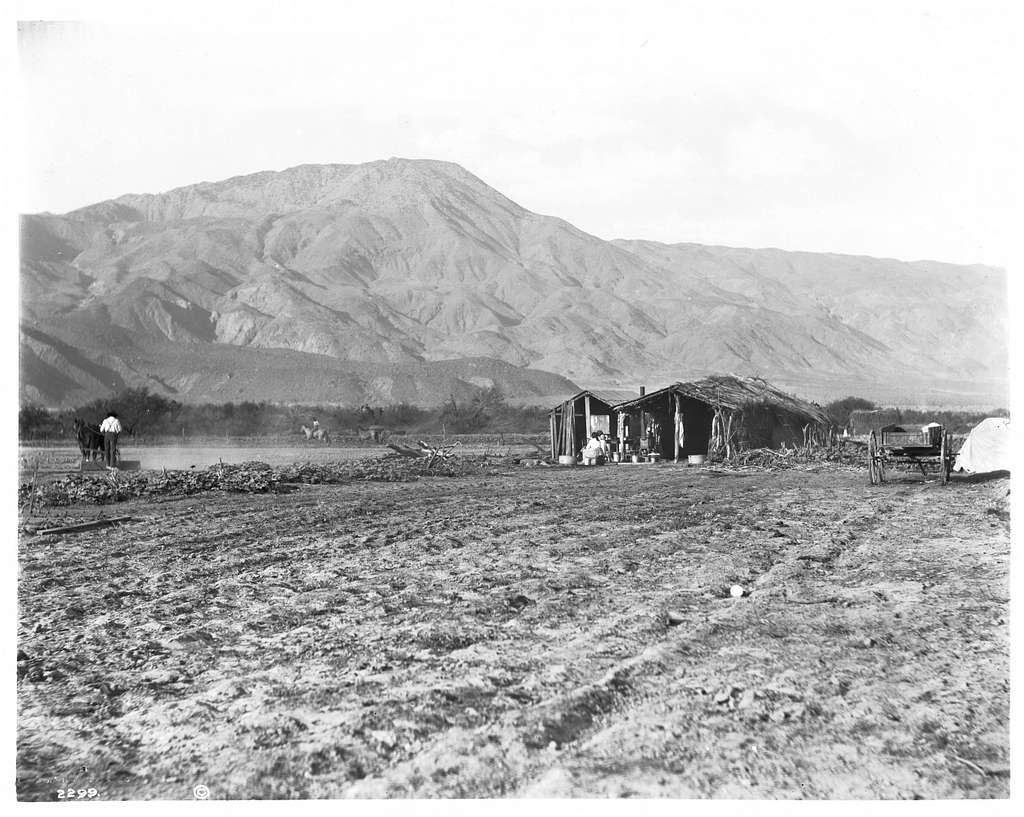 California Historical Society, Picryl
California Historical Society, Picryl
When did colonization happen?
In 1856, United States Land Office surveyors noted on their maps a Cahuilla Village; this would later be designated as the Augustine Reservation.
When did their population drop?
The tribe struggled for existence for many decades, and by 1956 their population was down to only 11 members.
One of the surviving members was the great-granddaughter of the tribe’s founder, Captain Vee-Vee Augustine.
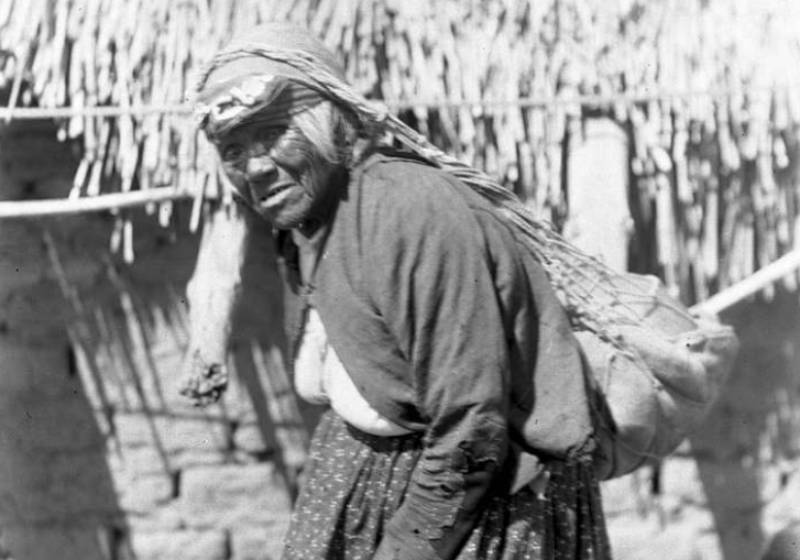 California Historical Society, Picryl
California Historical Society, Picryl
Who was Roberta Augustine?
The captain’s great-granddaughter’s name was Roberta Augustine, and she was the last surviving adult Augustine tribal member in 1972.
She had three children, Mary Ann, Herbert and Gregory. She passed in 1986.
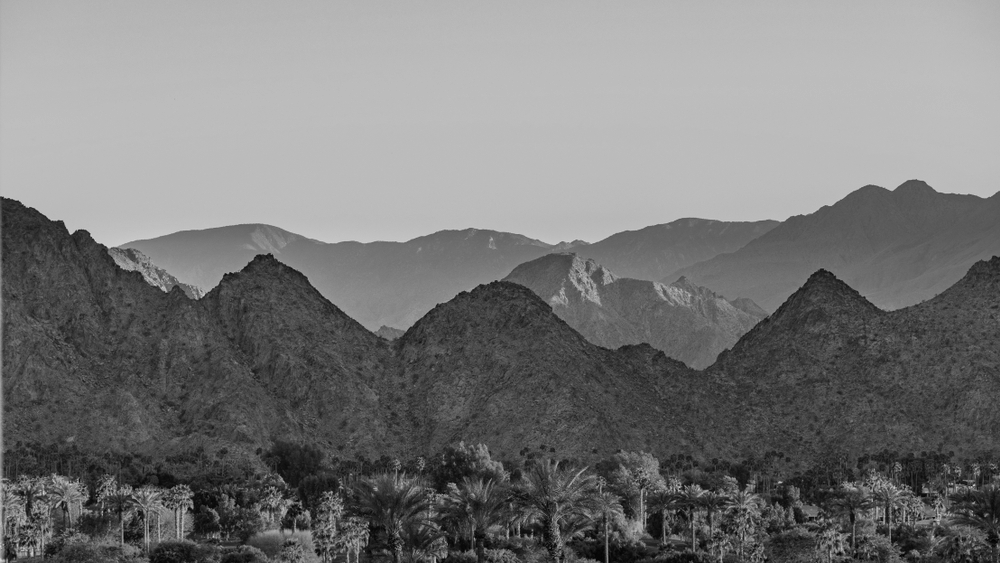 Sundry Photography, Shutterstock
Sundry Photography, Shutterstock
What happened to the tribe?
The tribe’s one-square mile of land, located in Riverside County, California, was abandoned by the remaining members and left vacant—that is, until a woman named Mary Ann Green decided it was time to rebuild.
Who is Mary Ann Green?
Mary Ann Green, born in 1964, was an American tribal leader and politician who served as the Chairwoman of the Augustine Band of Cahuilla Indians. She was responsible for establishing a tribal government in 1994 and resettling their reservation in Coachella.
What did Mary Ann Green do?
Mary Ann Green helped the Augustine Band take back what was rightfully theirs, establishing a community and encouraging their traditional way of life, once again.
Basically, Mary Ann almost single-handedly rebuilt the tribe.
What is life like for the Augustine Band today?
Today, the tribal council is made up of five direct descendants of the original Augustine Band (blood-relatives of Mary Ann, and Roberta and her siblings). Together, they manage all business holdings of the tribe.
The New Land
Mary Ann transformed the land that had once became an unlawful dumping site into an expanding reservation that employs more than 400 people in various Indigenous business ventures, and houses the remaining Augustine Band tribal members.
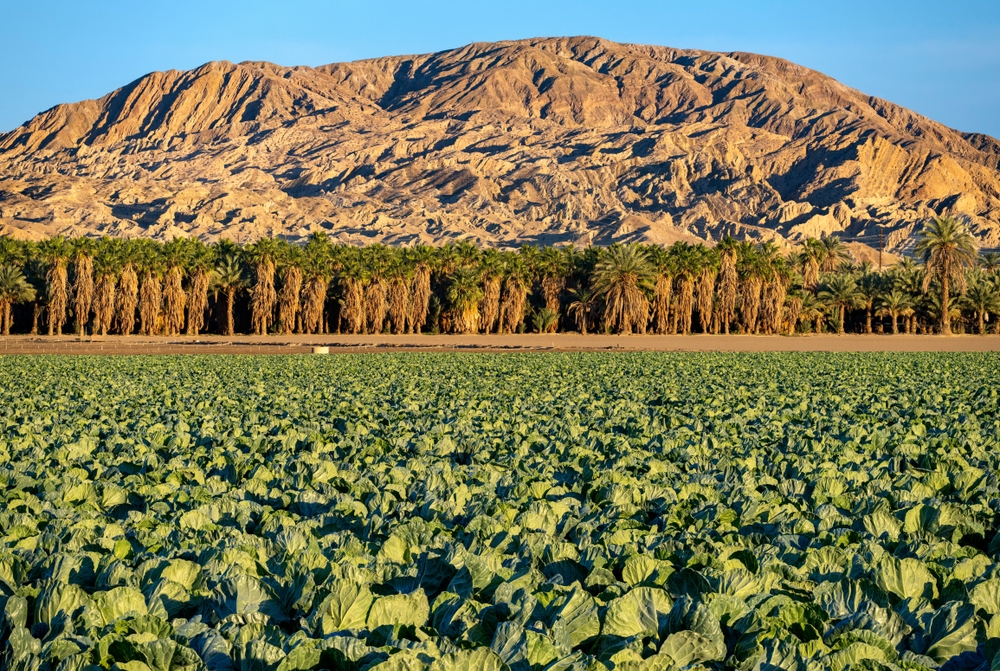 The Desert Photo, Shutterstock
The Desert Photo, Shutterstock
Sustainable Living
The tribal council members dedicate their lives to transforming the reserve into sustainable living, encompassing various traditional Cahuilla ways-of-life, bringing back their nearly extinct cultural ways.
 Sundry Photography, Shutterstock
Sundry Photography, Shutterstock

